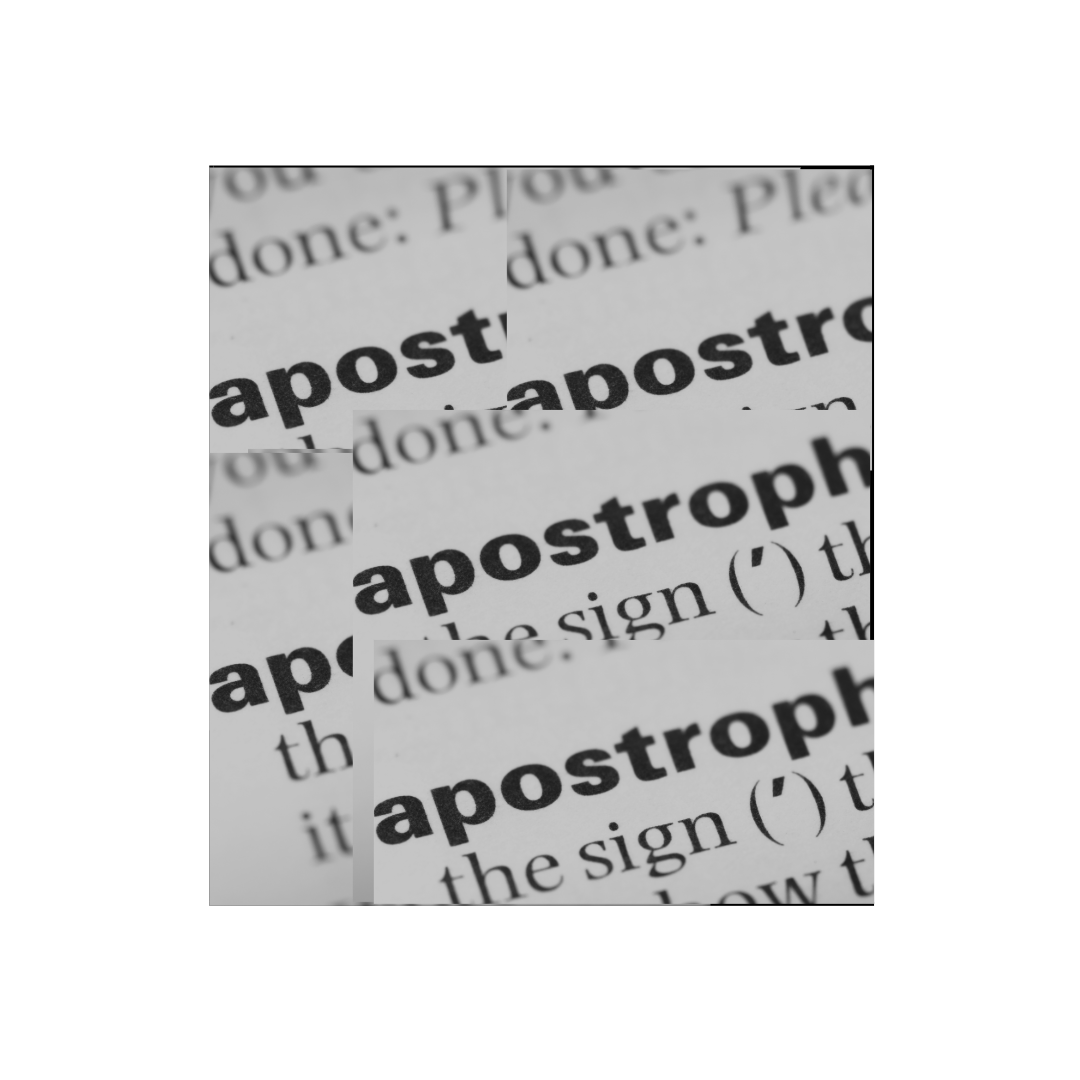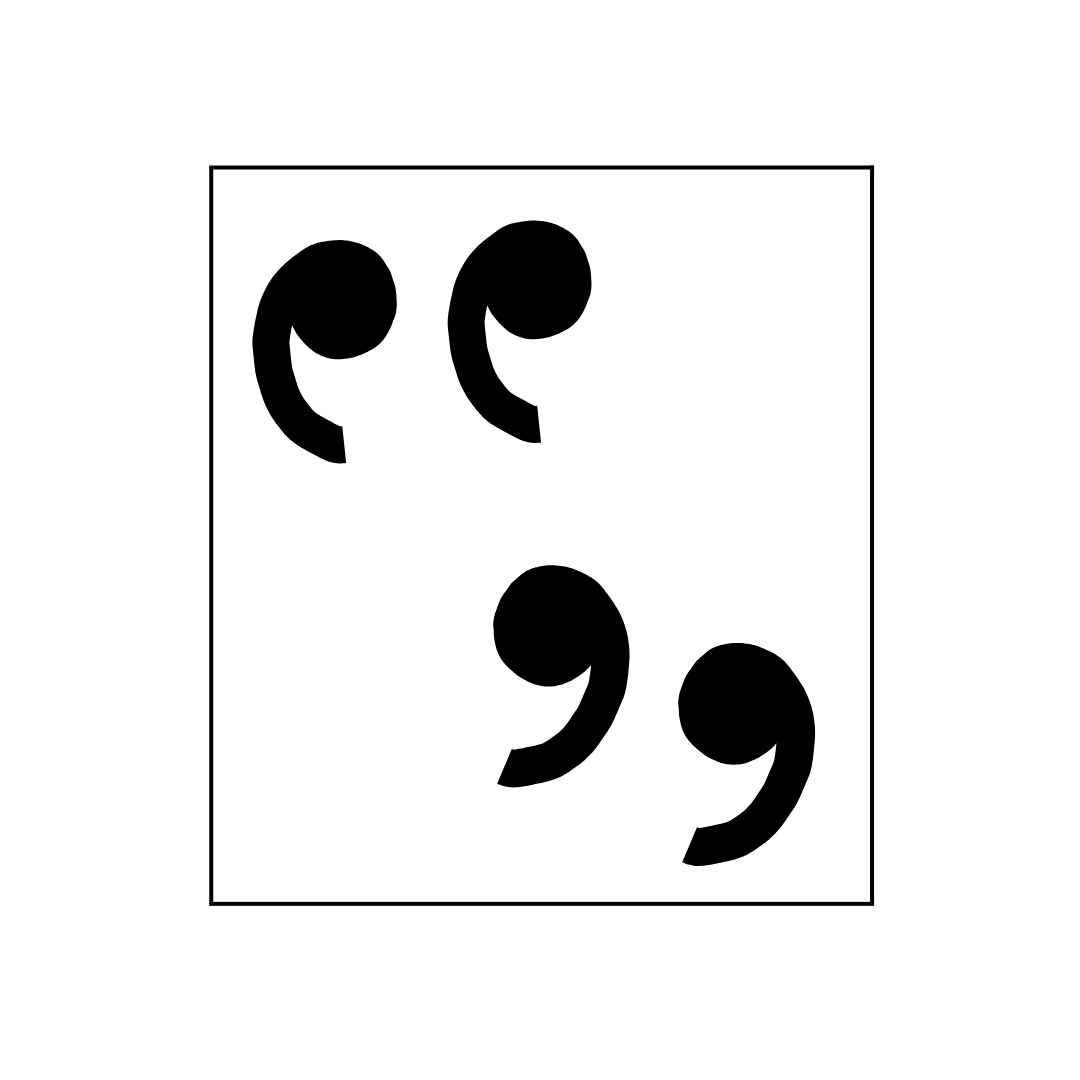Parentheses, Brackets and Braces
Parentheses,
Brackets
and Braces
Parentheses
Parentheses enclose information that is relevant to the sentence but not vital to its meaning. They sit between the more gentle comma and the harder textual dash. They enclose comments, explanations and asides.
As we finished up dinner (corned beef again) Mum told us to put our dishes in the sink.
Parentheses are also used to enclose intext referencing.
Neurons that fire together, wire together (Hebb, 1949)
Brackets
Square Brackets are used primarily in quotations to show information that was not written or stated by the original author or speaker. Clarifications of original content and editorial comments are enclosed in square brackets.
The senator told the press that ‘[he] would work tirelessly to pass the legislation.’
They can also indicate that a spelling mistake from the original work or quotation has been preserved when used in combination with the Latin word ‘sic’.
In Zappa’s own words, ‘You are what you is, you is what you am, [sic].’
Braces
Braces (colloquially referred to as ‘curly brackets’) are rarely used outside of mathematics, where their purpose is to enclose a set of data.





